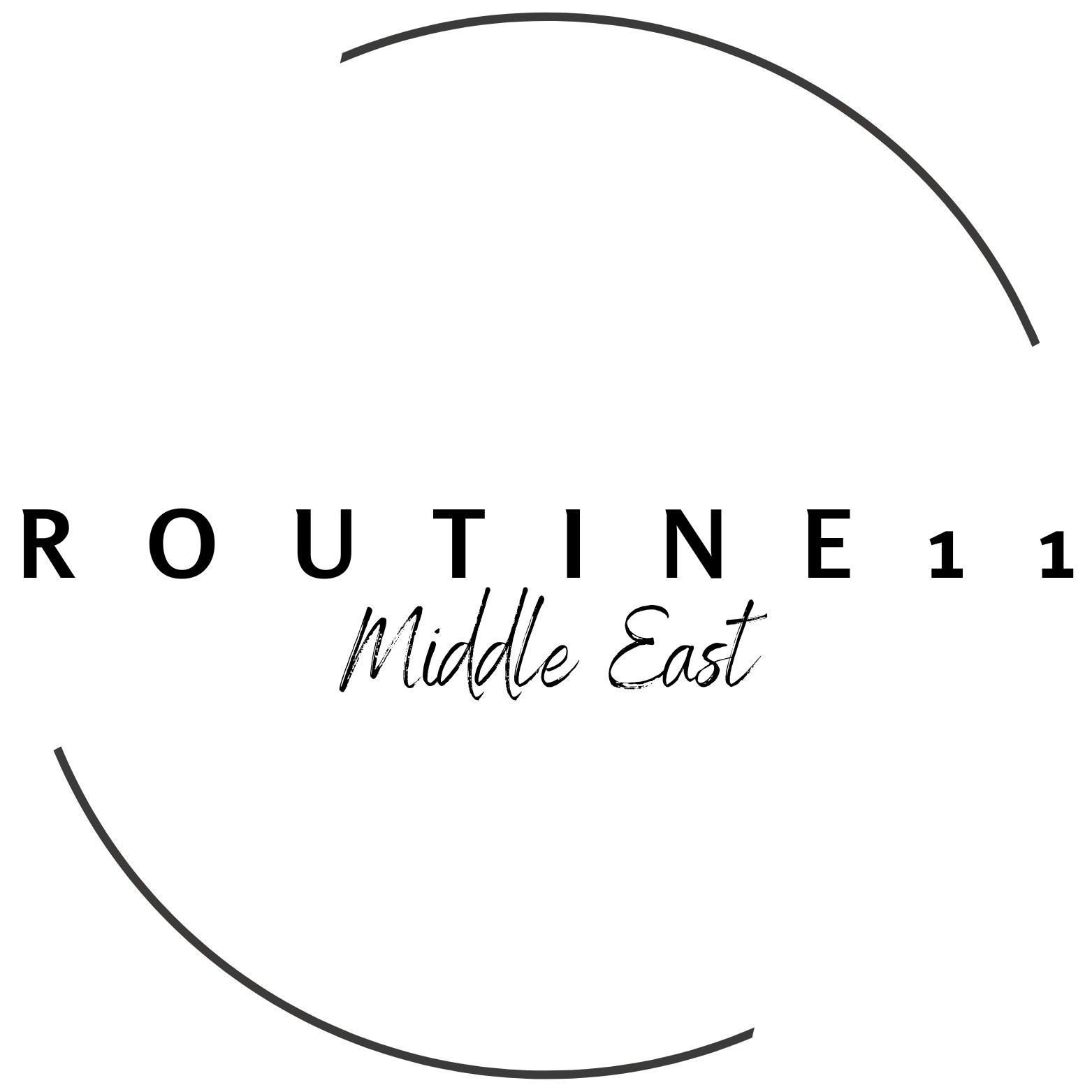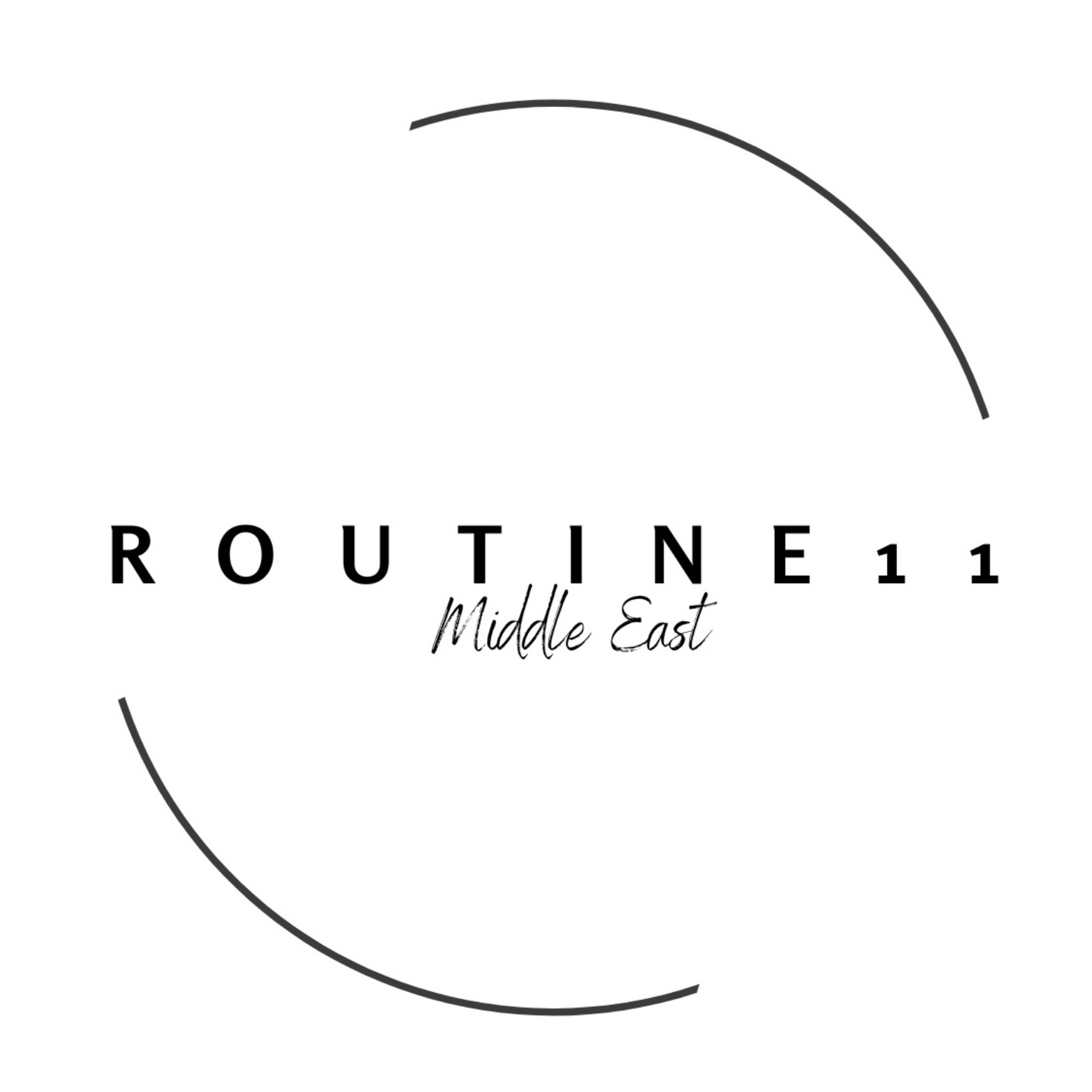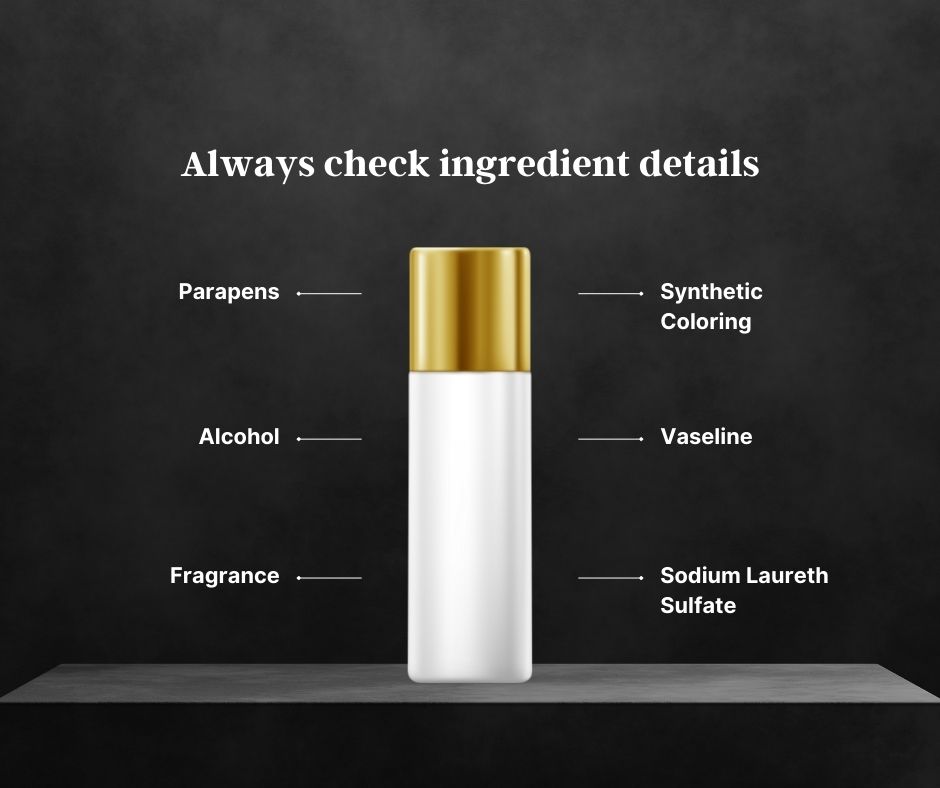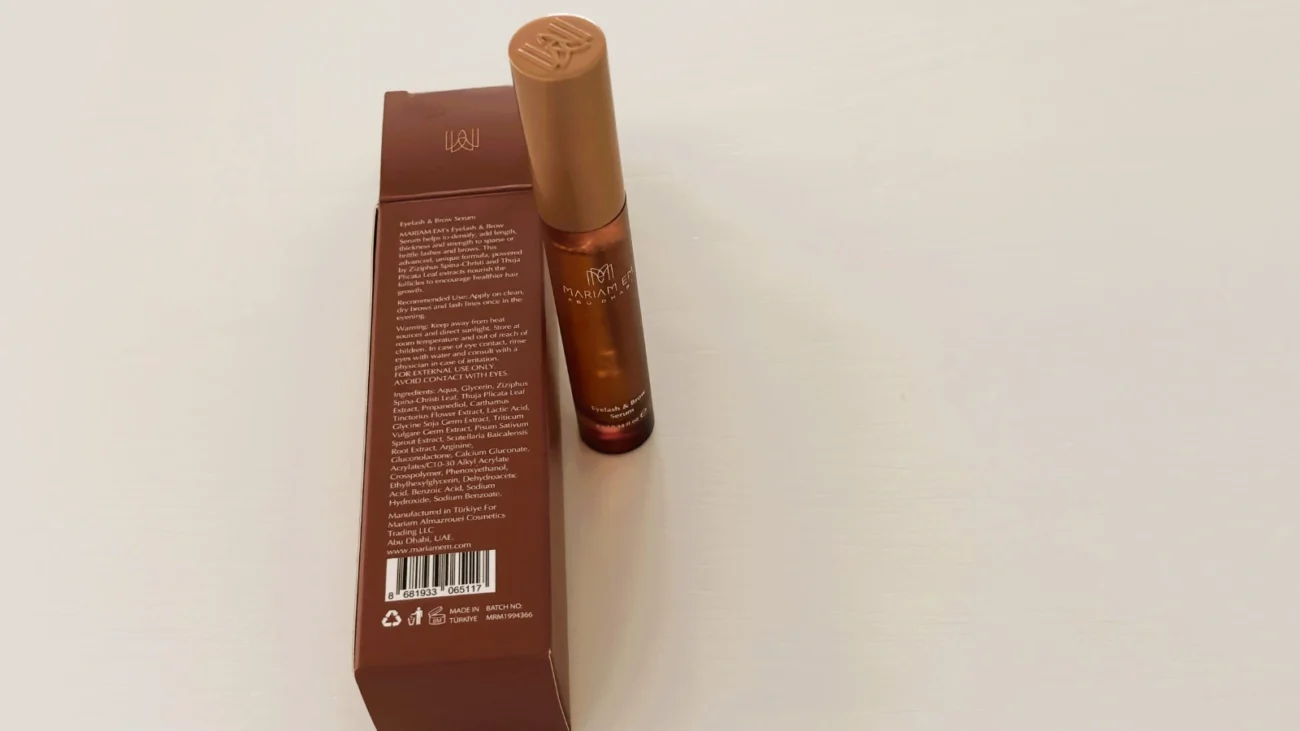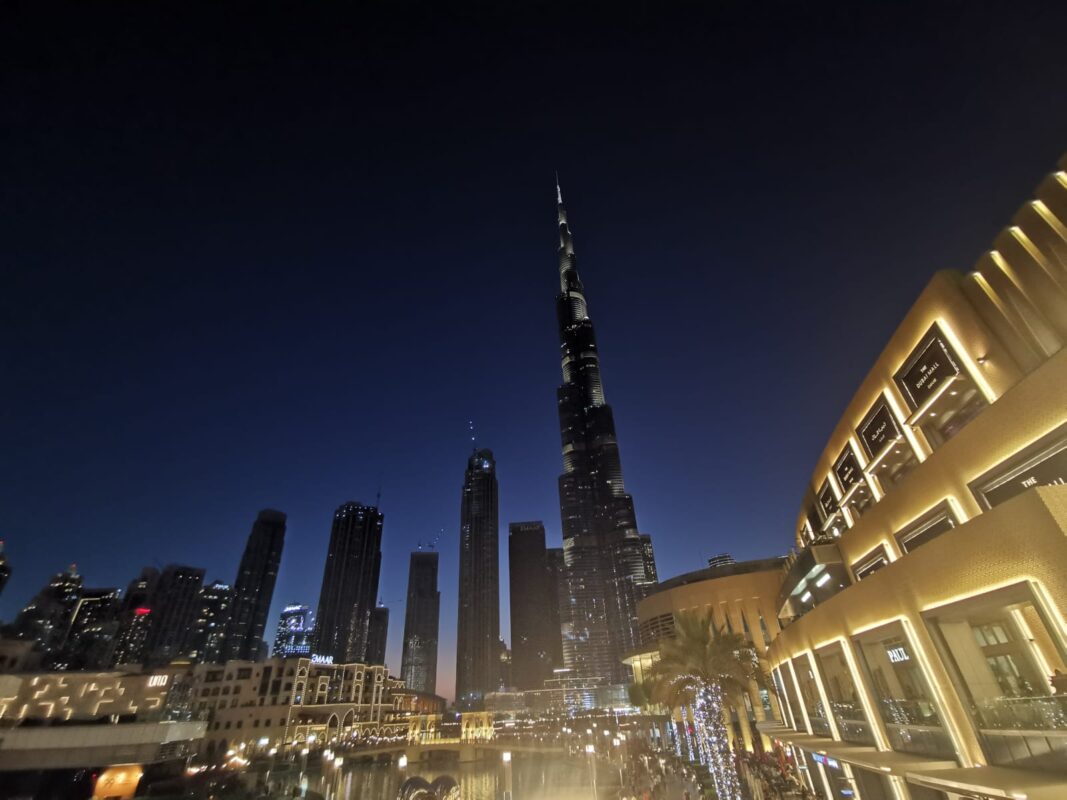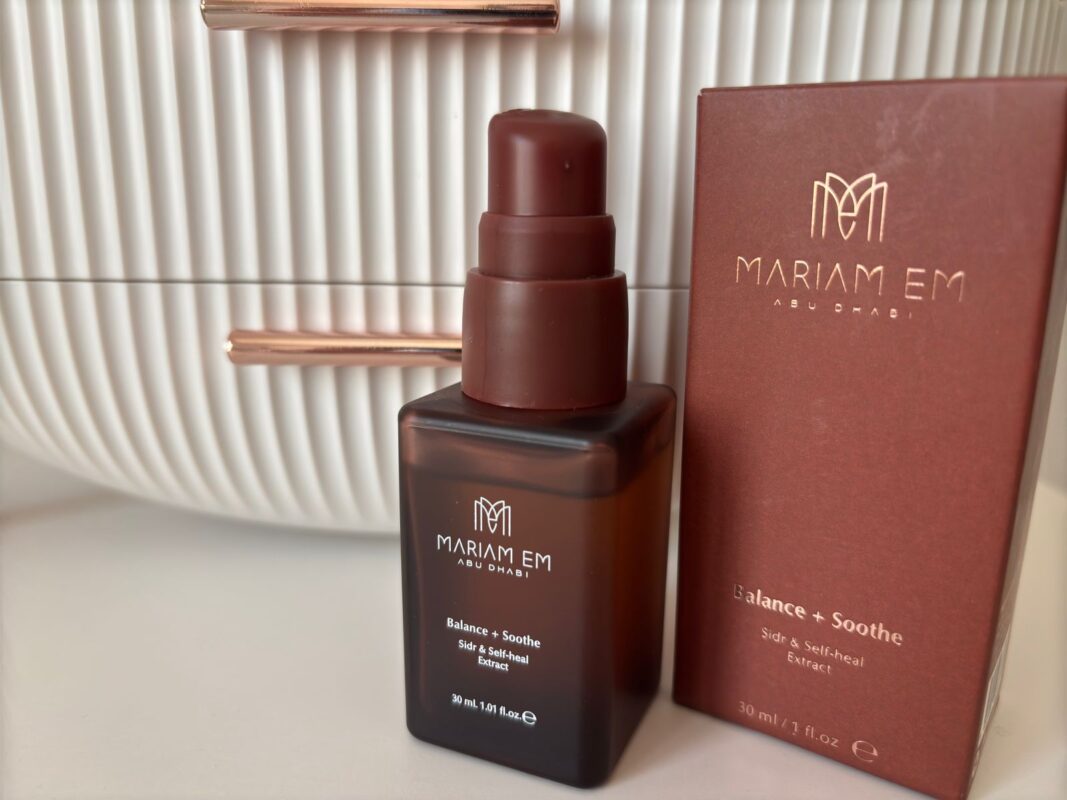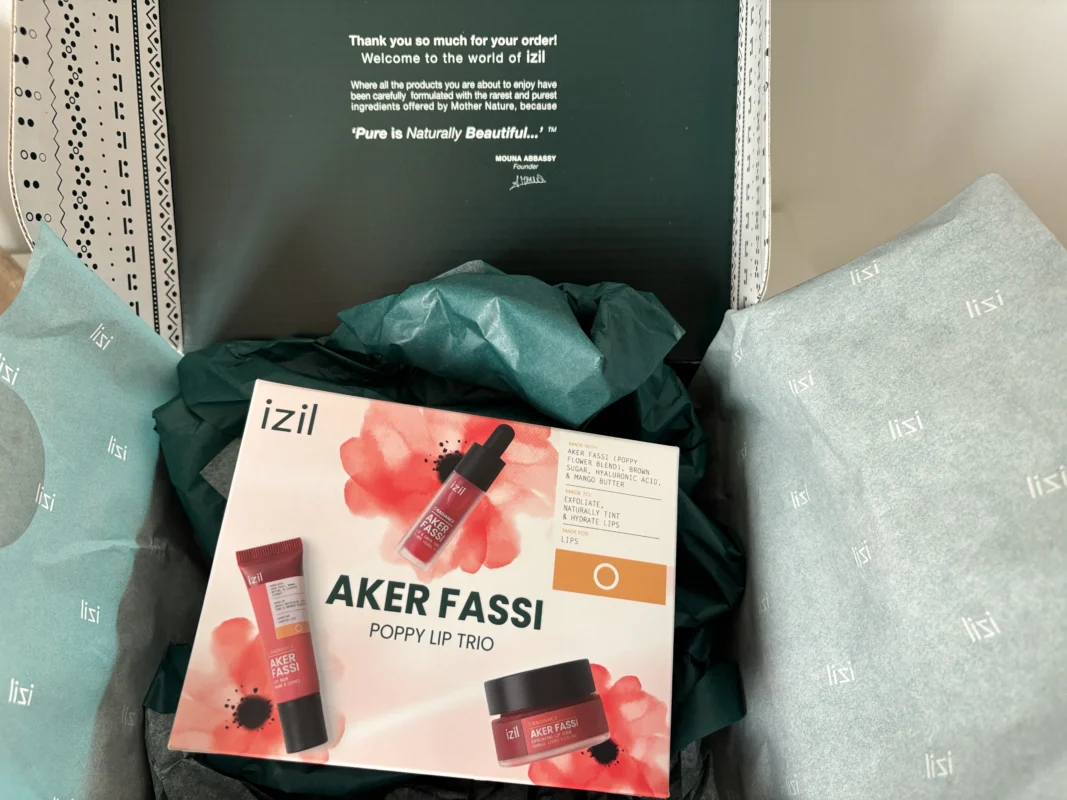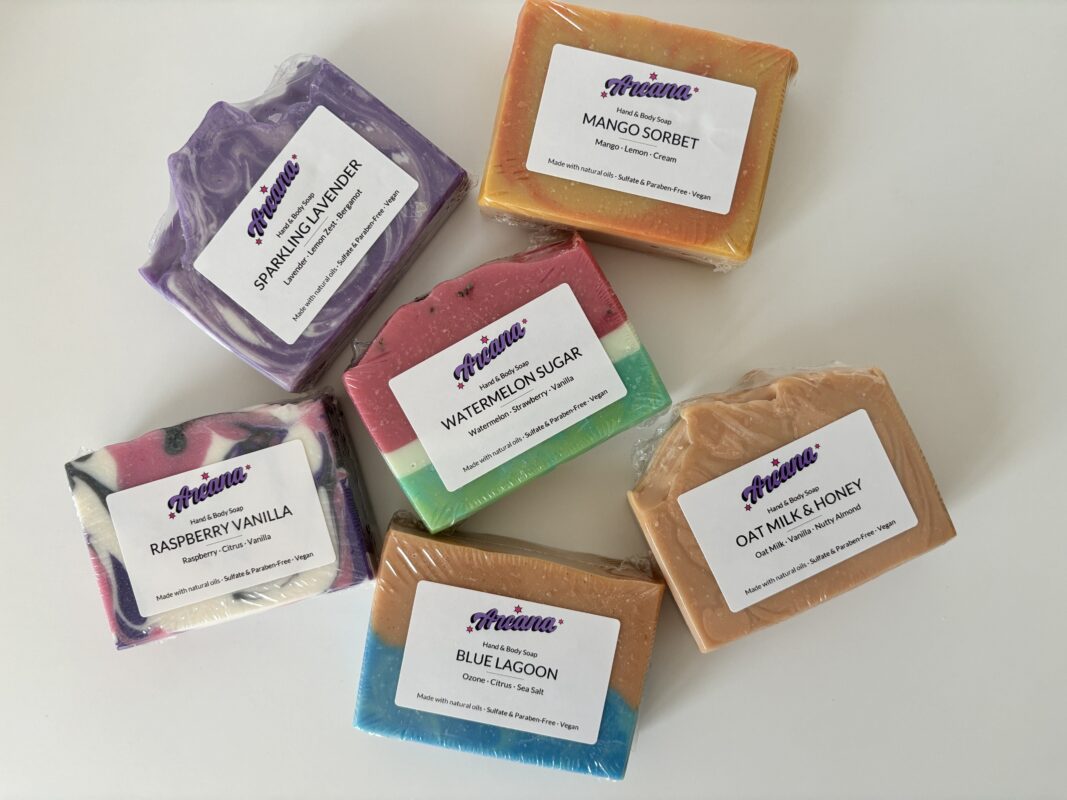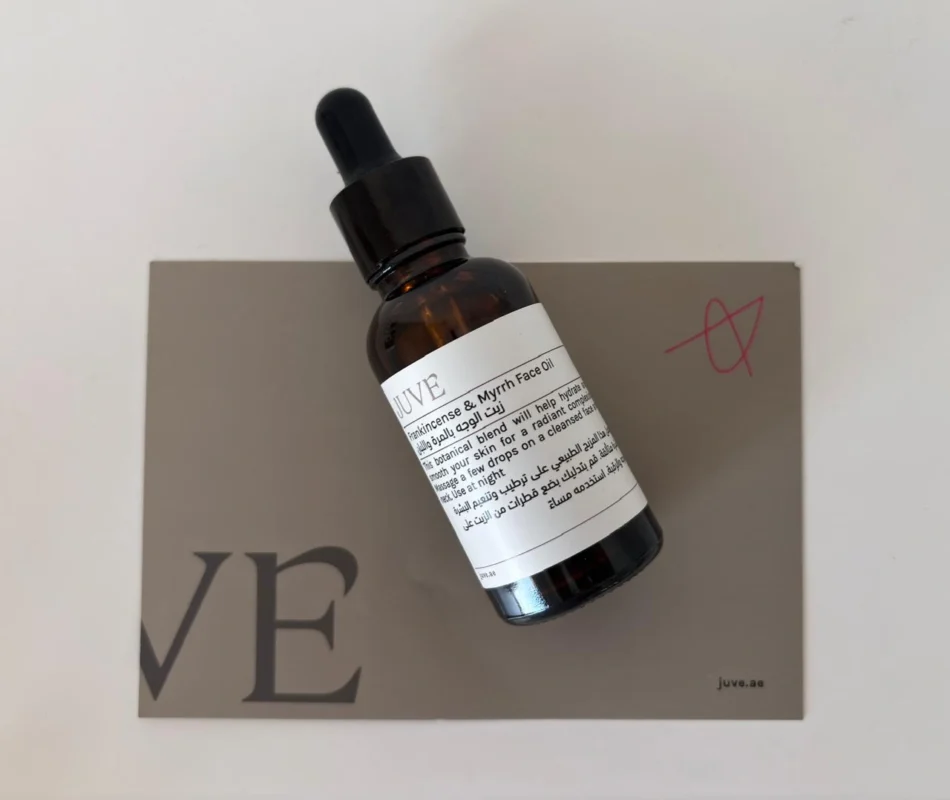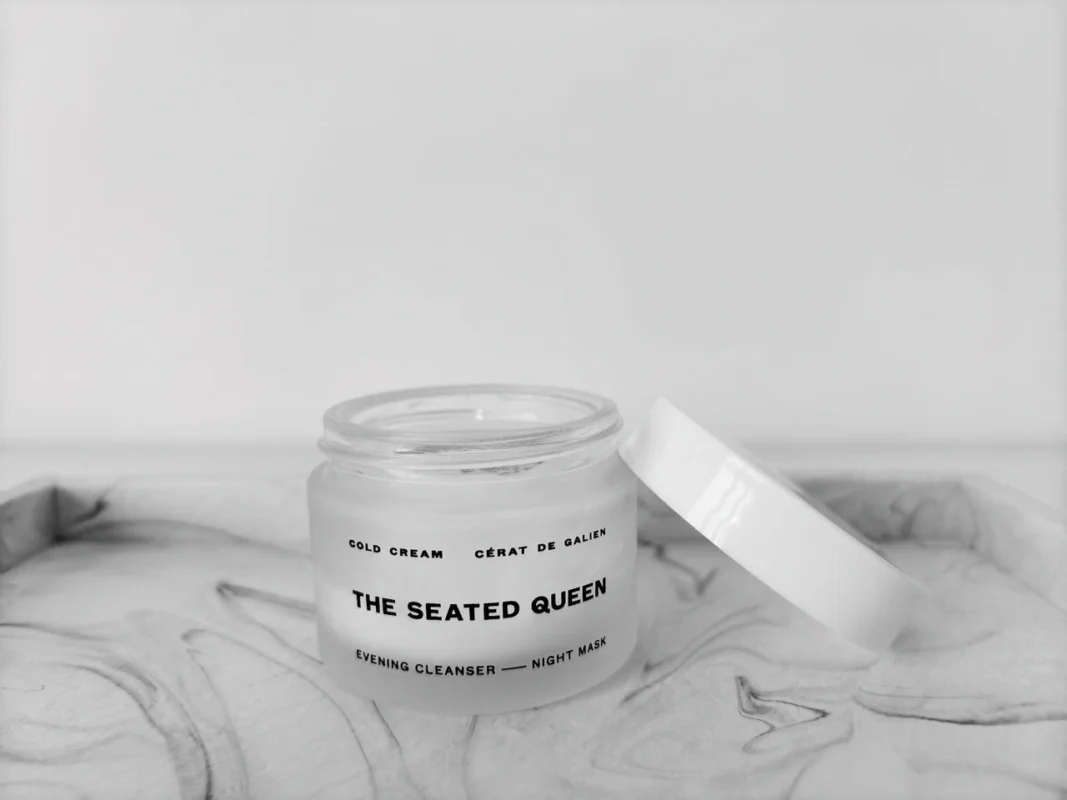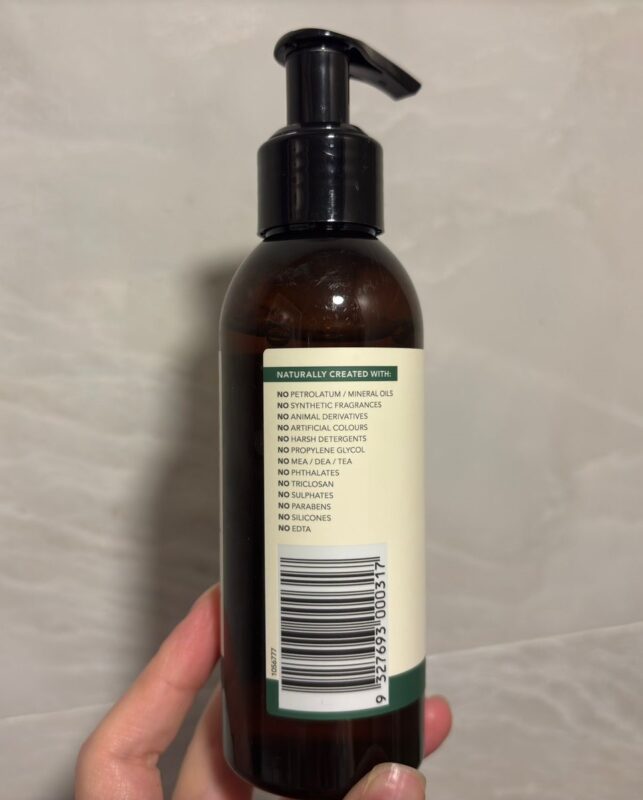
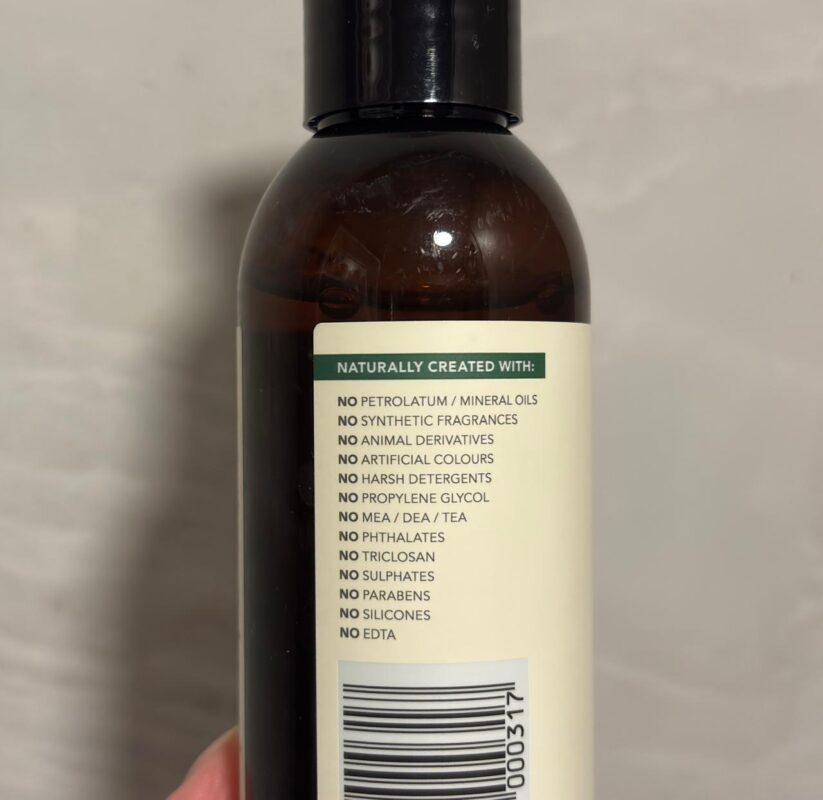
Sukin’s products and packaging inspired this article.
Our daily beauty routine is an essential part of our self-care regimen, but how much attention do we pay to the potential harm lurking in some of our favorite cosmetics and personal care products?
I used to work as a sales assistant in one of The Body Shop boutiques. I spent more than 15 years investigating ingredients after buying all types of products, carefully reading loads of product labels, and looking for “natural ingredients,” I also discovered “terms” I don’t understand in the list of ingredients the brands offer. From parabens and silicons to synthetic colors, certain ingredients have raised many questions and concerns about their impact on my health.
In an ongoing “working in progress” status, I share a little list of harmful skincare ingredients I constantly monitor
⚠️Parabens. A class of synthetic preservatives utilized to prolong the “stand life” of our cosmetic and personal care products. They prevent bacteria and mold growth. Some parabens, like methylparaben and ethylparaben, are less harmful and often used in small, safe quantities. However, longer-chain parabens, such as butylparaben, propylparaben, isopropylparaben, isobutylparaben, and benzylparaben, can disrupt hormone function and are considered more dangerous. The safe concentration of parabens is generally below 0.8%. Methylparaben is the most commonly used. While some parabens are relatively safe, many beauty brands now create effective paraben-free products using alternative preservatives.
⚠️Alcohol. In cosmetics, it usually refers to ethanol or isopropyl alcohol. It is commonly found in toners, astringents, some types of cleansers, and hair styling products like hairsprays and gels. While alcohol can effectively remove excess oil and impurities, it may also remove skin’s natural oils, causing it to become dry and irritated (I have experienced it on my face several times).
Denatured alcohol, ethanol, and isopropyl alcohol are the most drying and potentially damaging, especially in high concentrations (above 10%). Fatty alcohols like cetyl, stearyl, and cetearyl alcohol are safe and moisturizing. Ethanol is the most commonly used alcohol. In the Middle East’s arid climate, avoid products with drying alcohols, as they can worsen dehydration. Many effective, alcohol-free products are available, making it safer to opt for those in harsh environments.
⚠️Perfume/fragrance. They are added to many cosmetic and personal care products to make us feel richer than we are. They can be found in almost all types of beauty products, including perfumes, lotions, shampoos, body washes, and makeup. Fragrance in cosmetics often includes synthetic compounds that can cause allergies, irritation, and endocrine disruption. Phthalates, synthetic musks, and certain aldehydes are among the most dangerous and should be avoided. Skin can generally tolerate low concentrations, but sensitivity varies. Avoid synthetic fragrances like benzyl benzoate, diethyl phthalate, and hydroxycitronellal. Safer options include natural scents from essential oils like lavender, rose, oud oil, and chamomile. The most common fragrance is “parfum” or “fragrance,” often a mix of undisclosed chemicals. Beauty brands can create effective fragrance-free products, which are safer in the Middle East’s hot climate to prevent skin irritation.
⚠️Synthetic coloring. Or artificial dyes are used to give cosmetics vibrant and consistent hues. You can find them in various makeup products, especially in eyeshadows, blushes, and lipsticks.
Synthetic colorings in cosmetics can cause allergic reactions and skin irritation. The most dangerous include coal tar dyes (like FD&C Blue No. 1, Red No. 40, Yellow No. 5), which may contain carcinogens.
Safe concentrations vary, but it’s best to avoid those linked to health risks. Harmful ones to avoid include Red 40, Yellow 5, Blue 1, Green 3, and Orange 5. These synthetic colorants are listed on product labels with specific names or color index (CI) numbers. You may have noticed these codes on your product ingredient list:
– Yellow 5: Listed as “Yellow 5,” “Tartrazine,” or “CI 19140.”
– Blue 1: Listed as “Blue 1” or “CI 42090.”
– Green 3: Listed as “Green 3” or “CI 42053.”
– Orange 5: Listed as “Orange 5” or “CI 45370.”
Safer options include iron oxides, titanium dioxide, and carmine. Red 40 is the most commonly used.
Typically listed on product labels by their specific names or color codes. Here’s how they might appear on your product ingredient list:
– Red 40: Listed as “Red 40,” “Allura Red,” or “CI 16035.”
– Blue No. 1: Listed as “Blue 1” or “CI 42090.”
– Yellow No. 5: Listed as “Yellow 5,” “Tartrazine,” or “CI 19140.”
Beauty brands can create effective products without synthetic colorings, using natural alternatives.
⚠️SLS (sodium lauryl sulfate)/ SLES (sodium laureth sulfate). They create foaming action and help remove dirt and oil from the skin and hair. These are the surfactants used in many cleansing products (shampoos, body washes, and facial cleansers).
Sodium Lauryl Sulfate (SLS) and Sodium Laureth Sulfate (SLES) are surfactants used in cosmetics for their lathering and cleansing properties. SLS is harsher and can cause skin irritation, while SLES is milder but may contain trace amounts of 1,4-dioxane, a potential carcinogen. Both can strip natural oils, leading to dryness, especially in arid climates like the UAE. SLS is more commonly used, but both are prevalent. Effective products can be made without these sulfates, using gentler alternatives like Cocamidopropyl betaine. If you have just moved to the UAE, sulfate-free options are better to avoid worsening dryness and irritation.
⚠️BPA (Bisphenol A). A chemical used in plastics, including some cosmetic packaging. It’s an endocrine disruptor linked to hormone imbalances, reproductive issues, and cancer. Even low exposure can be harmful, especially with prolonged use. BPA is most commonly found in plastic containers, not in the formulations themselves. Beauty brands can effectively avoid BPA by using BPA-free packaging. In the UAE’s hot climate, BPA exposure can increase due to plastic breakdown, potentially leading to more significant health risks. Opting for BPA-free products is safer to reduce exposure and protect overall health.
⚠️DEA (diethanolamine) and TEA (triethanolamine): are used in cosmetics as emulsifiers and pH adjusters. DEA is more dangerous and linked to cancer and liver toxicity, especially with prolonged use. TEA is milder but can still cause skin irritation and allergies. Both are common in products like shampoos and cleansers. Safe levels are generally below 5%, but avoiding them is safer. Effective products can be made without DEA and TEA, using safer alternatives. In the UAE’s climate, these chemicals can exacerbate dryness and irritation, making it wise to opt for products free of DEA and TEA.
⚠️DBP (dibutyl phthalate) and DEP (diethyl phthalate). These are used in cosmetics as plasticizers and solvents. DBP is more dangerous, linked to hormone disruption and reproductive issues, while DEP is considered less harmful but still controversial. Both are commonly found in nail polish and fragrances. There’s no safe exposure level for DBP, and even low exposure can be harmful. DEP is the most widely used but still poses risks. Beauty brands can create effective products without these phthalates by using safer alternatives. In the UAE’s climate, avoiding products with DBP and DEP is wise to reduce health risks like hormone disruption and skin irritation.
⚠️EDTA (Ethylenediaminetetraacetic acid) is used in cosmetics as a chelating agent to stabilize formulations by binding metal ions. EDTA helps improve the effectiveness and shelf life of products by preventing discoloration, rancidity, and texture changes. EDTA is not easily biodegradable and can contribute to pollution. It’s commonly found in products like shampoos, soaps, and lotions. The most common form is disodium EDTA. While generally safe in low concentrations, concerns include skin irritation in sensitive individuals and environmental impact due to poor biodegradability. Effective products can be made without EDTA by using natural chelating agents like sodium phytate. In the UAE, where the climate can exacerbate skin sensitivity, opting for products with minimal synthetic additives like EDTA is advisable to reduce potential irritation and environmental harm.
⚠️PEGs (polyethylene glycols): are petroleum-derived compounds used in cosmetics (including creams, lotions, and makeup) as thickeners, softeners, and moisture carriers. The main concern is contamination with carcinogenic substances like ethylene oxide and 1,4-dioxane during manufacturing. PEG-100 and PEG-40 are commonly used, but all PEGs can be irritating, especially on damaged skin. There’s no universally safe concentration, but lower percentages are less risky. Effective products can be made without PEGs, using natural alternatives. In the UAE’s hot and dry climate, PEGs can increase skin sensitivity and dryness, making it advisable to choose PEG-free products to minimize health risks.
⚠️Vaseline (petroleum jelly): is a semi-solid mixture of hydrocarbons derived from petroleum and widely used in cosmetics (skincare products, including lip balms, moisturizers, and ointments) as a moisturizer and protective barrier (Vaseline might form a layer on the skin that blocks pores and slows the skin’s ability to breathe naturally). It’s generally safe if refined properly, but the concern lies in impurities like polycyclic aromatic hydrocarbons (PAHs), which are carcinogenic. Vaseline itself is one of the most famous and commonly used forms. Skin tolerates it well in small amounts, but excessive use can clog pores. Effective products can be created without petroleum jelly, using natural alternatives like shea butter. In the UAE’s hot climate, petroleum jelly can trap heat and sweat, potentially leading to breakouts, so lighter, non-comedogenic options are preferable.
⚠️Talc: a mineral commonly used in cosmetics for its ability to absorb moisture and anti-caking properties. It can be found in products like loose powders, blushes, and eyeshadows. The main concern is contamination with asbestos, a known carcinogen. Talc itself, especially if asbestos-free, is generally safe in low quantities, but inhalation and prolonged use can still pose risks, particularly for respiratory and ovarian health. Talc in baby powder is the most famous and commonly used form. Many brands now create effective talc-free products using alternatives like cornstarch. In the UAE’s dry, hot climate, talc can exacerbate dryness and irritation, making talc-free options a safer choice to avoid health risks.
⚠️Triclosan: an antimicrobial agent used in cosmetics and personal care products like toothpaste and deodorants. It’s most famous for its use in antibacterial soaps. Concerns include potential hormone disruption, antibiotic resistance, and skin irritation. Even low concentrations can be harmful over time. Effective products can be made without Triclosan using safer alternatives like tea tree oil or benzalkonium chloride. In the UAE’s hot climate, where sweat and bacteria thrive, avoiding Triclosan is advisable to reduce health risks like skin irritation and the potential long-term effects of hormonal imbalance.
⚠️Volatile oils, known as essential oils, are used in cosmetics for fragrance and therapeutic benefits. Some, like lavender and tea tree oil, are popular and generally safe in low concentrations. However, certain volatile oils, like citrus oils, can cause skin irritation and photosensitivity, especially in the UAE’s intense sunlight. The skin can tolerate them well when diluted (usually under 1-2%), but overuse can lead to irritation. Beauty brands can create effective products without volatile oils using synthetic or milder natural alternatives. In the UAE, it’s crucial to be cautious with these oils to avoid skin damage from sun exposure.
The question is: are they really that harmful?
Well, the potential harm of these skincare ingredients is a subject of ongoing debate. Some studies have raised concerns about their effects on health, but more extensive research is needed to establish definitive conclusions. Nevertheless, many consumers are opting to avoid these ingredients as a precaution.
The effects of these harmful ingredients vary depending on our skin type and sensitivity. They may contribute to our skin irritation, dryness, allergies, and even disrupt our skin’s natural balance. Over time, exposure to certain harmful skincare ingredients may also lead to more severe skin issues.
When I was a student, I remember visiting the dermatologist at least twice a year, and I would use only products recommended by her until I got it in my system to check the ingredients list of every product I would buy.
Taking care of our skin and overall health starts with being mindful of the products we use daily. While the full extent of the harm from certain cosmetic ingredients may still be under scrutiny, it’s wise to opt for safer alternatives whenever possible.
Focus on a healthier beauty routine by choosing products free from harmful skincare ingredients, and remember that small changes in our choices can lead to a significant impact on our well-being in the long run.
🏆 You can check these websites and apps when you need help:
Bunny Free
Detox Me
skincarisma
cosdna
Provenance
(Since 2010, it’s like witnessing a revolution) The growing awareness about these harmful skincare ingredients has not only sparked concern but has also given birth to a thriving movement in the beauty industry. This movement has encouraged and supported the rise of independent beauty brands led by pharmacists, doctors, researchers, and individuals who have personally battled skin problems throughout their lives. Within this perfect context, these passionate innovators have crafted a new wave of cult clean beauty products, free from harmful ingredients, designed to nurture our skin, body, and hair like never before.
These pioneers are offering special formulas, unique blends, and innovative cocktails of natural, safe, and effective ingredients. Their firsthand experiences with skin concerns have motivated them to create products that prioritize health and well-being. By adopting the ethos of clean beauty, these independent cult beauty brands are making a positive impact on the beauty industry, emphasizing the significance of safe and non-toxic alternatives.
In response to growing consumer demands for safer choices and transparency, these brands proudly promote their “clean” / “natural” beauty products. You’ll find products labeled as “organic,” “cruelty-free,” or boasting that they are “free from harmful chemicals.” It’s a shift towards greater transparency and ethical practice that enables consumers to make informed choices about the brands they support, ensuring their beauty purchases reflect their values.
Moreover, these visionary beauty entrepreneurs are elevating the concept of self-care to an art form. Drawing on nature’s finest ingredients, their products celebrate simplicity and purity, promoting a more holistic approach to beauty that nurtures our skin and our soul.
The rise of independent cult beauty brands driven by passionate doctors and also individuals with personal experiences of skin struggles is transforming the beauty landscape. Their dedication to crafting clean, safe, and effective beauty products has given consumers a plethora of options to choose from.
The Founder
If you are an expat in the Middle East facing skin concerns and want to share your story, send us a message at contact@routine11.me
*Disclosure: I received no compensation for this review. This is solely based on my personal experience and assessment.
